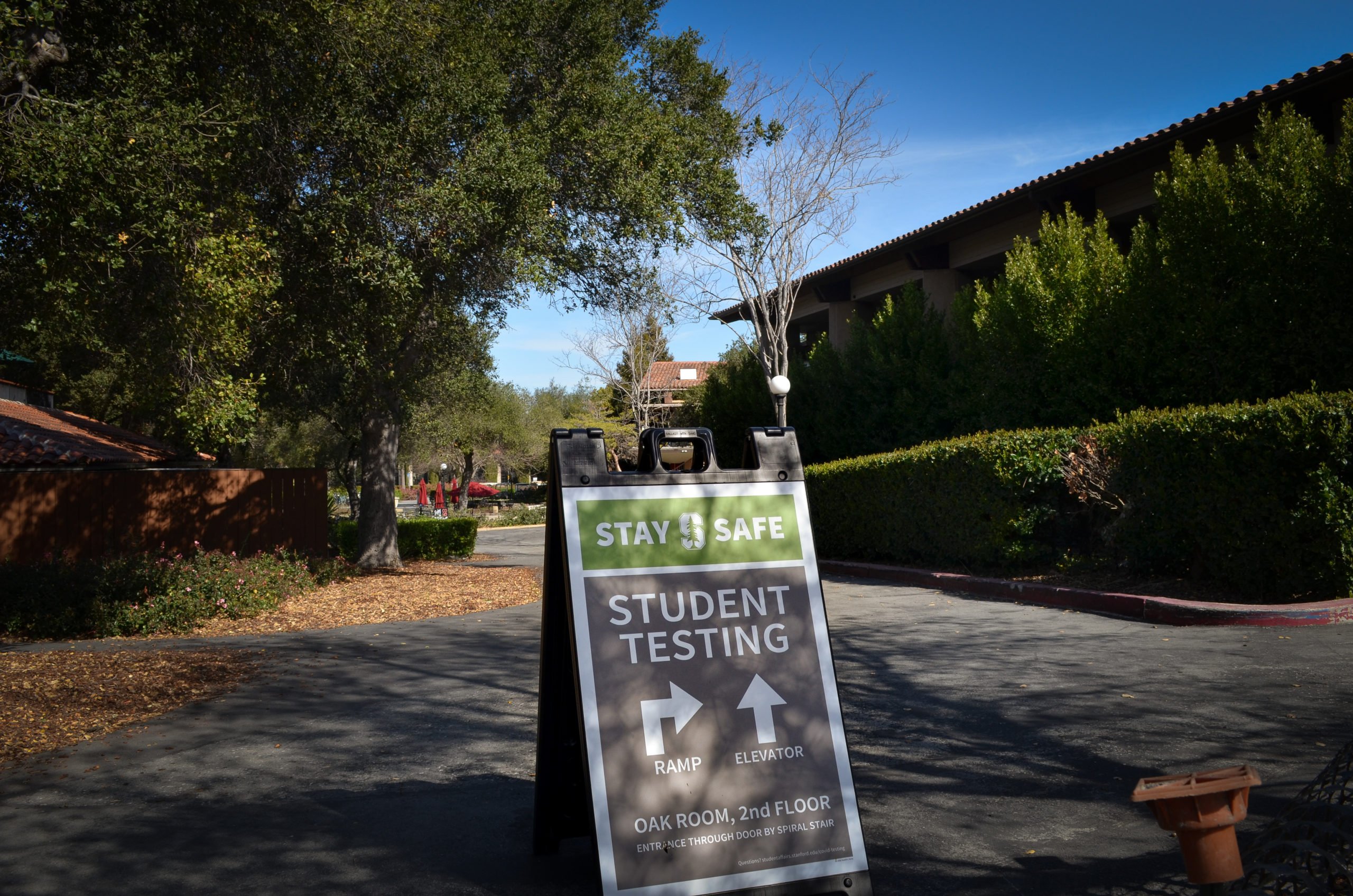The Daily answers questions about the booster shot, which the CDC now recommends for all individuals ages 18 and older.
What is a booster shot? Who is eligible?
The COVID-19 booster shot is an additional dose of vaccine given after a decrease in protection provided by the original dose(s) of the vaccine. The booster is intended to help those who are vaccinated maintain their immunity. Booster shots are made of the same formulation as the original dose(s) of the vaccine.
On Nov. 19, the CDC endorsed booster shots for all individuals 18 and older. While the CDC guidance states that all adults “may” receive booster shots based on their individual benefits and risks, people over 50 and those older than 18 living in long-term care facilities “should” get booster shots. International residents residing in the U.S. are eligible as well.
Those who received the Pfizer-BioNTech or Moderna vaccines must wait until 6 months after they received their second dose to get the booster shot, and those who received the Johnson & Johnson vaccine should receive a booster dose two months after receiving their single dose.
The CDC does not currently recommend booster shots for children under 18 years old.
I have already been vaccinated. Why should I get a booster shot?
Small clinical trials have demonstrated that COVID-19 immunity begins to wane six months after the second dose of the Pfizer-BioNTech and Moderna vaccines, and the single-dose J&J vaccine has been shown to be less effective than two primary doses. A booster dose of the vaccine can improve the body’s immune response, medicine professor Dean Winslow previously told The Daily.
Regardless of whether you have had COVID-19 in the past, the CDC recommends vaccination because current research does not yet show how long immunity lasts after an individual recovers from COVID-19.
Where can I get a booster shot? Can I mix vaccine types?
Stanford students can schedule an appointment to receive a booster shot through Stanford Health Care using the MyHealth portal. Off campus, booster shots are offered at pharmacies including CVS Pharmacy, Rite Aid, Walgreens and Walmart.
The CDC’s guidelines allow for the mixing of vaccine types regardless of which vaccine you originally received.
Are there any risks?
Risks associated with the booster shot are comparable to those associated with the first dose(s) of the vaccine, according to the CDC.
The most commonly reported side effects are headache, fatigue and pain at the injection site. Though most side effects reported are mild to moderate, side effects can be more serious in rare cases.
Am I still “fully vaccinated” if I do not get a booster shot?
You are considered “fully vaccinated” if at least two weeks have passed since you received your second vaccine dose in a two-shot series (Pfizer-BioNTech or Moderna) or a single-dose vaccine.
Do I need to bring my original vaccine card when I get my booster shot?
Most locations ask that you bring your original vaccine card when you get your booster shot.
If you did not receive a vaccine card or have lost it, you can contact the place where you got your first dose(s) of the vaccine or your state health department to find out how you can receive a card.
Will Stanford ever have a booster shot requirement?
Stanford currently does not have a booster shot requirement. According to University spokesperson E.J. Miranda, the University will monitor guidance from the CDC and state and county health officials and will update the Stanford community on any adjustments to health and safety protocols.
Miranda directed community members to the Nov. 16 Health Alert Message, which encourages all eligible members of the Stanford community to receive the booster shot, as “boosters are extremely effective at extending the protection offered by initial COVID vaccinations.”
